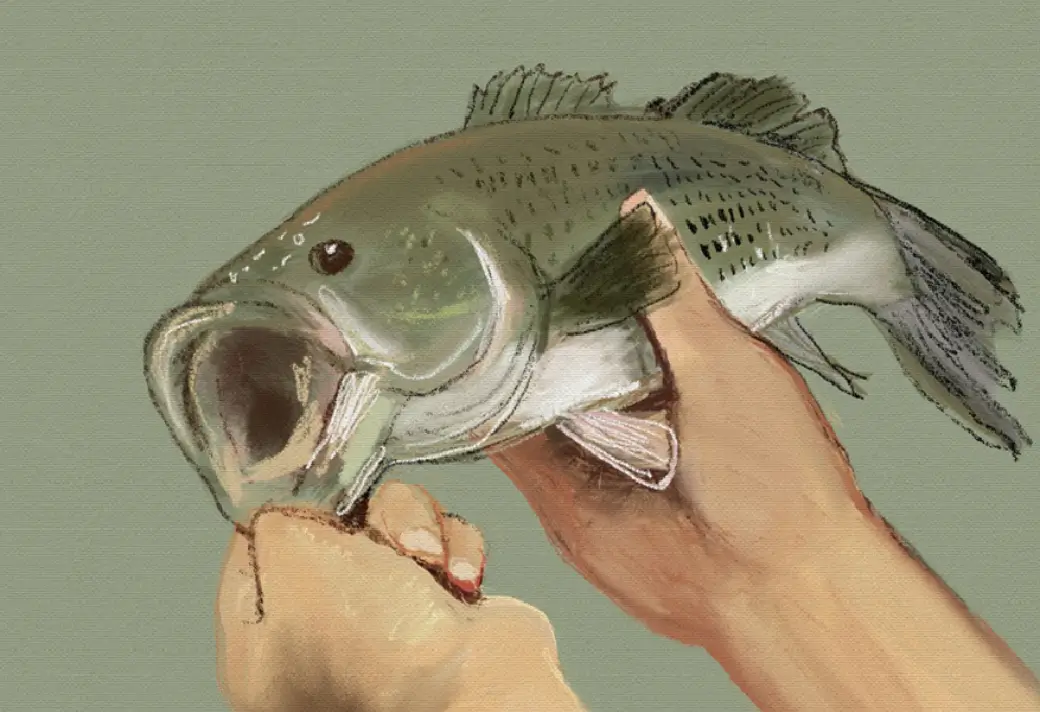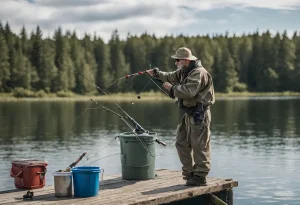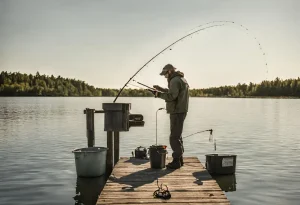As an avid angler, I have come to appreciate the importance of mastering the basic casting mechanics. Whether you are a beginner or an experienced angler, having a solid foundation in casting techniques is crucial for achieving accuracy and distance in your fishing endeavors. In this article, I will share with you some essential tips and techniques to help you achieve the perfect cast and increase your chances of landing that elusive catch.
Introduction to Casting Mechanics
Before diving into the specific techniques, let’s first understand the fundamentals of casting mechanics. Casting is the process of propelling your fishing line and bait or lure into the water using a fishing rod. It involves a combination of skill, finesse, and understanding the physics behind it. By mastering the basic mechanics, you will be able to cast with precision and efficiency.
Proper Grip and Stance for Casting Accuracy
To start off, it is important to have the correct grip and stance when casting. A proper grip ensures that you have control over the fishing rod and allows for a smooth and accurate cast. Hold the rod with your dominant hand, while your other hand should be positioned slightly above the reel for balance. This grip will provide stability and control during the casting motion.
Next, let’s talk about the stance. Your body position plays a significant role in casting accuracy. Stand with your feet shoulder-width apart and perpendicular to your target. Distribute your weight evenly on both feet, and slightly bend your knees for stability. This stance will allow you to generate power and maintain balance throughout the casting motion.
Choosing the Right Fishing Reel for Casting
Now that we have covered the basics of grip and stance, let’s discuss the importance of choosing the right fishing reel for casting. The type of reel you use will greatly impact your casting distance and accuracy. There are two main types of fishing reels: spinning reels and baitcasting reels.
Spinning reels are generally easier to use and are great for beginners. They allow for long and accurate casts, making them ideal for a variety of fishing techniques. On the other hand, baitcasting reels offer more control and precision, but they require a bit more practice to master. Choose a reel that suits your skill level and fishing style, and make sure to match it with the appropriate fishing rod for optimal performance.
The Overhead Cast Technique
One of the most common casting techniques used by anglers is the overhead cast. This technique allows for excellent accuracy and distance when executed correctly. To perform an overhead cast, start by holding the fishing rod with your dominant hand and keeping your grip firm but not too tight.
Raise the rod tip above your shoulder, with the fishing line parallel to the ground. With a smooth and controlled motion, bring the rod forward while releasing the line with your finger. As the rod reaches the 12 o’clock position, snap your wrist forward to release the line and propel your bait or lure towards your target. Practice this motion to develop a fluid and efficient overhead cast.
The Sidearm Cast Technique
Another effective casting technique is the sidearm cast. This technique is particularly useful when fishing in tight spaces or under low-hanging obstacles. To perform a sidearm cast, hold the fishing rod with your dominant hand and position it parallel to the ground.
With a smooth and controlled motion, bring the rod forward and slightly to the side, keeping it at a low angle. As you reach the desired point of release, snap your wrist forward to release the line and propel your bait or lure towards your target. The sidearm cast allows for accurate and low-trajectory casts, making it a valuable technique in various fishing situations.
The Roll Cast Technique
The roll cast is a casting technique that is often used in situations where there is limited space behind you for a backcast. It is a useful technique for fishing in areas with overhanging trees, bushes, or other obstacles. To perform a roll cast, start by positioning yourself parallel to your target and holding the fishing rod with your dominant hand.
With a smooth and controlled motion, raise the rod tip to the 10 o’clock position. Sweep the rod backward towards your target, making sure to keep the fishing line in contact with the water surface. As the rod reaches the desired point of release, flick your wrist forward to propel the line and bait or lure towards your target. The roll cast allows for accurate and efficient casts in tight spaces, making it an essential technique to master.
Adjusting Your Casting Technique for Distance and Accuracy
Achieving both distance and accuracy in your casts requires a combination of technique and adjustments. One important factor to consider is the power and speed of your casting motion. For longer casts, increase the speed and power of your cast while maintaining control and accuracy. Experiment with different casting motions and find the one that suits your style and fishing conditions.
Another adjustment to consider is the angle of your cast. Casting at a higher angle allows for longer distance, while a lower angle provides better accuracy. Adjust the angle of your cast based on your target and the fishing conditions to maximize your chances of success.
Common Casting Mistakes to Avoid
Even the most experienced anglers make casting mistakes from time to time. It’s important to identify and avoid these common pitfalls to improve your casting performance. One common mistake is overpowering your cast. Remember that finesse and control are key in achieving accuracy and distance. Avoid using excessive force, as it can lead to backlash, tangles, and reduced accuracy.
Another mistake to avoid is releasing the line too early or too late. Timing is crucial in casting, and releasing the line at the right moment ensures optimal distance and accuracy. Practice your timing by observing the motion of the rod and the tension in the line.
Advanced Casting Techniques for Experienced Anglers
For those anglers who have mastered the basic casting mechanics, there are advanced techniques that can take your casting skills to the next level. One such technique is the double haul. The double haul is a casting technique that involves using both your rod hand and line hand to generate more line speed and distance. It requires coordination and practice but can greatly increase your casting power and accuracy.
Another advanced technique is the accuracy cast, which involves casting with precision to a specific target. This technique is often used in fly fishing and requires a high level of skill and control. Practice casting to different targets and work on your accuracy to become a more proficient angler.
Conclusion: Practice Makes Perfect in Mastering Basic Casting Mechanics
In conclusion, mastering the basic casting mechanics is essential for achieving accuracy and distance in your fishing endeavors. By focusing on your grip, stance, and choosing the right fishing reel, you can lay a solid foundation for successful casting. Understanding and practicing different casting techniques such as the overhead cast, sidearm cast, and roll cast will further enhance your skills.
Remember to adjust your casting technique for distance and accuracy, and avoid common casting mistakes that can hinder your performance. For experienced anglers, there are advanced techniques like the double haul and accuracy cast that can take your casting skills to new heights. Ultimately, practice makes perfect, so get out there and hone your casting skills to become a more confident and successful angler.
Now it’s your turn! Get out there and practice these basic casting mechanics to achieve the accuracy and distance you need to land that perfect catch.




